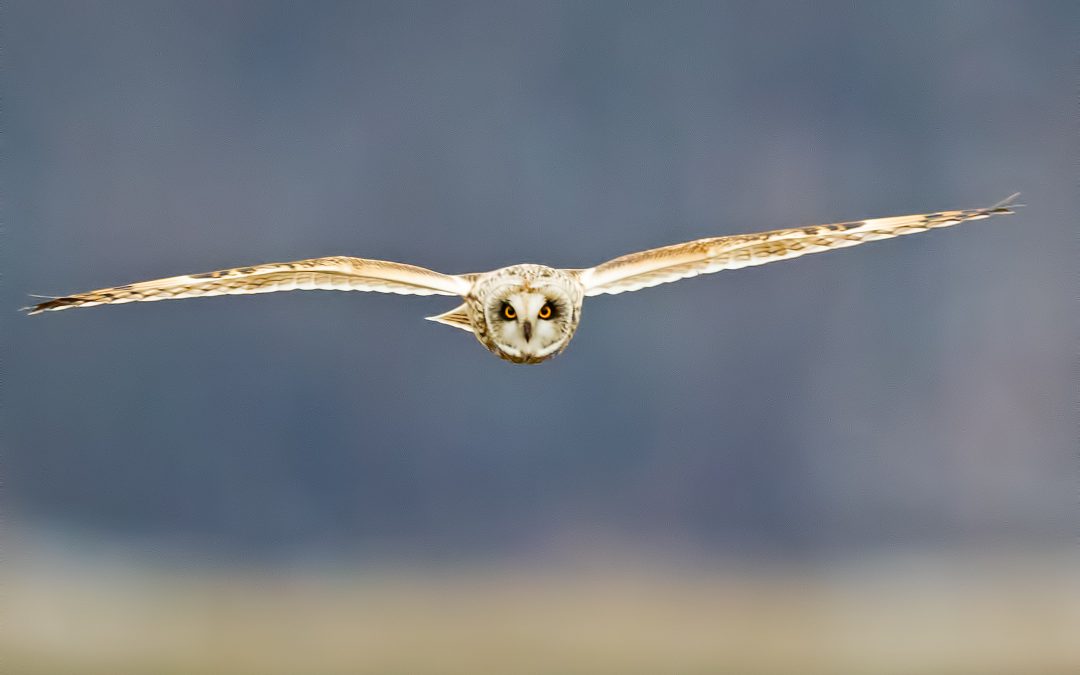Good news for anyone looking into outdoor pursuits in the Peak District – you’ll immediately find that you’re spoiled for choice when it comes to the sheer amount of flora and fauna you can spot while out and about on your travels around this beautiful part of the English countryside.
Should you find yourself in the region come the start of spring, when the snow has melted, make sure you keep a beady eye open for mountain hares. These are actually native to the highlands of Scotland but they were introduced here in the 19th century. The best places to spot them are around Pike Low in the Upper Derwent Valley.
Should you rather see the golden plover, however, then now’s the perfect time to spend some time outdoors in the Peak District. They breed on upland moors and bogs in the Upper Derwent Valley, so make your way there over the next few weeks before the summer is over.
Short-eared owls, meanwhile, can be spotted in the Peak District all year round – and if you’re very lucky you might even catch the sight of one of them hunting voles during the day. The best places to find them are Kinder Scout and Shining Tor near Buxton, preferring open moorland, bogs and rough grassland as there’s enough cover their for them to conceal their nests.
Anyone keen to spot some insects while in the region certainly won’t be disappointed, either. You can see the green hairstreak butterfly between May and June, so you’ve missed it for this year unfortunately – but there’s always 2020 to continue with your entomologist’s bucket list. This is one of the first species to emerge in the Peak District and easiest to find in moorland areas like Heydon Clough and Lantern Pike.
As for plantlife, you might still be lucky enough this month to come across the billberry, easiest to come across in the moorlands of the South West and Dark Peaks.
You might know this delicious little treat as the whortleberry, flowering between April and June and bearing fruit between July and August. Try them out and you’ll find they’re quite acidic, but they’re delicious when cooked in pies or used in jams and jellies.
The Peak District Biodiversity Action Plan was recently set out, aiming to enhance local landscapes with diverse habitats that can support a range of species, helping to enable species to adapt to the impact of climate change, and restore habitats like moorlands, woodland and peat bogs which can help to mitigate the effects of climate change through purification of water supplies, carbon absorption and run-off reduction.
Given how much climate change is in the news these days, it’s great to hear that steps are being taken to protect local English countryside, hopefully securing it for generations to come.
